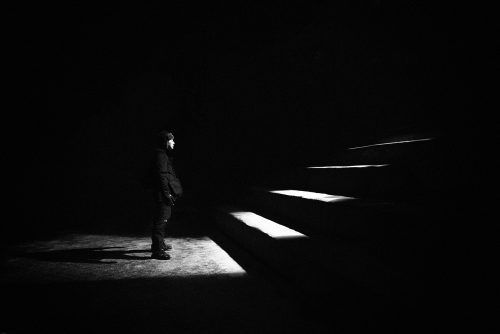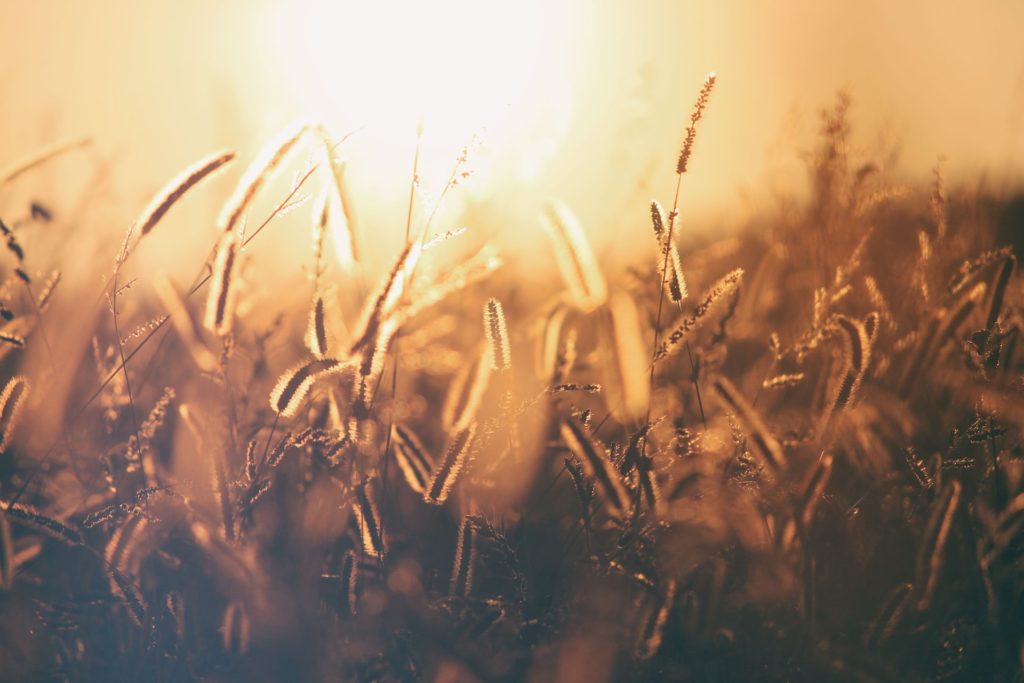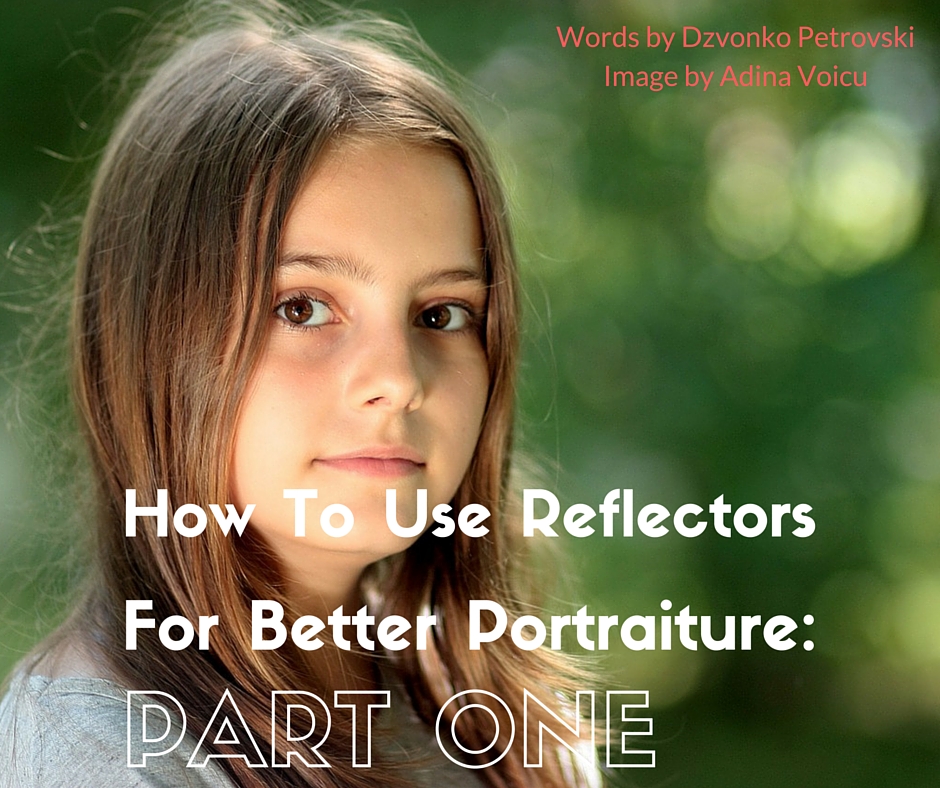
As you would have figured out by now, dear reader, photography is anything but cheap. Creating professional-looking portraiture can often (but not strictly) involve decent strobes cost hundreds, if not thousands of dollars; add modifiers on that plus other accessories and the prices start to rise quite quickly!
But, as a beginner photographer, tossing that kind of money into light sources is hard to justify, and you would make a huge mistake if you did as well. That's where I recommend using reflectors as part of your light modifier setup
Before you move to flashes, and/or available light in general, you must learn to tame light. Because photography is all about LIGHT. At the end of the day, even the best camera made won’t make a good picture if the light is bad. As simple as that.
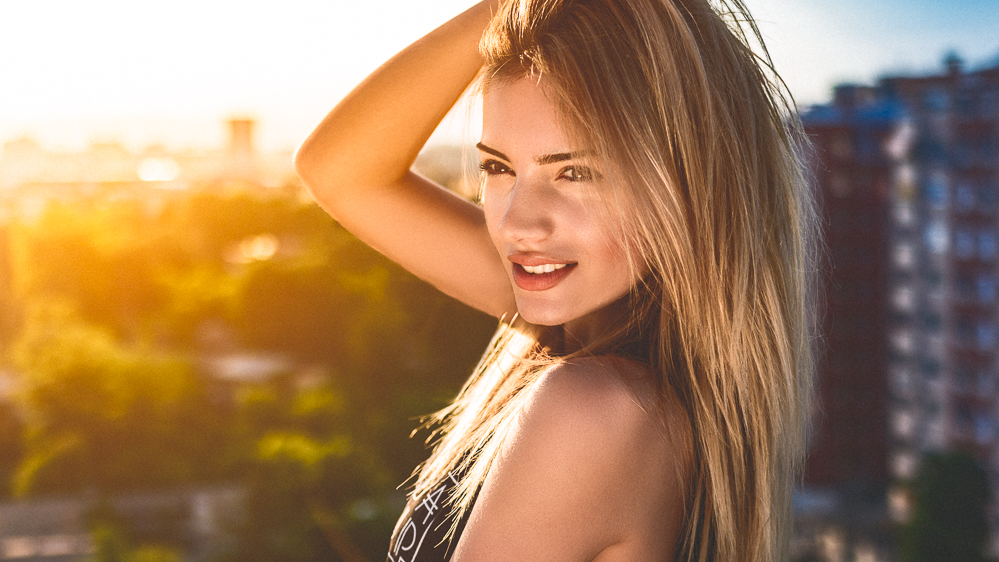
A wise move you can do while learning light (and how to control/use it) is to play with natural light first. If I had a dollar for every time I’ve said this, I might be a millionaire by now. That'd be nice.
Anyhow, let us dive into some combinations you can do with one light reflector, and see how you can achieve professional-grade results without the necessity of expensive flashes.
The second part of this article would be focused on combinations with two light reflectors, so stay tuned.
Just a little disclaimer though: this article is not saying that flashes are obsolete, just that there are ways to achieve professional looking light by manipulating natural light. The same techniques can be applied in the studio when there aren’t enough flashes available.
The Art of Portrait Photography – this is THE course guide for you if you're really serious about upping your game in portraiture by learning the tricks, tips, hacks and just good old fashioned hard-earned skills to push your capabilities way beyond what you thought possible!
The folks over at Photzy understand just what it takes to produce outstanding portraits!
Using Reflectors For Simple Fill Light
The simplest way to use a light reflector is to use it as a fill light. For this purpose, you need just one light reflector. The idea is, when you have your subject backlit by the sun, you bounce back some of that light to brighten the subject.
In other words, when you have your subject and the sun in the frame, the subject will be significantly darker due to the sheer amount of light that the sun throws, and you fix that by reflecting the sun back to the subject in order to achieve proper exposure.
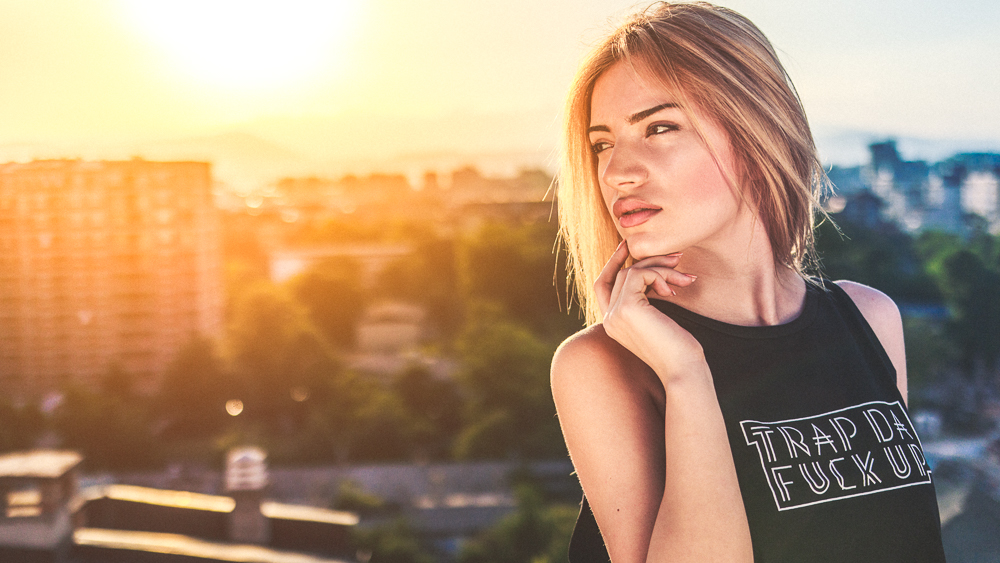
As you can see, the sun is contouring out the model nicely, while the fill light complements the exposure into a decent portrait.
Simple Rim Light
Just like the fill light, when you have softer light sources you can create rim light to contour the model by bouncing some of that light to the back of the model.
Note that in this scenario the reflector needs to be closer to the model since the light bounced needs to be brighter.
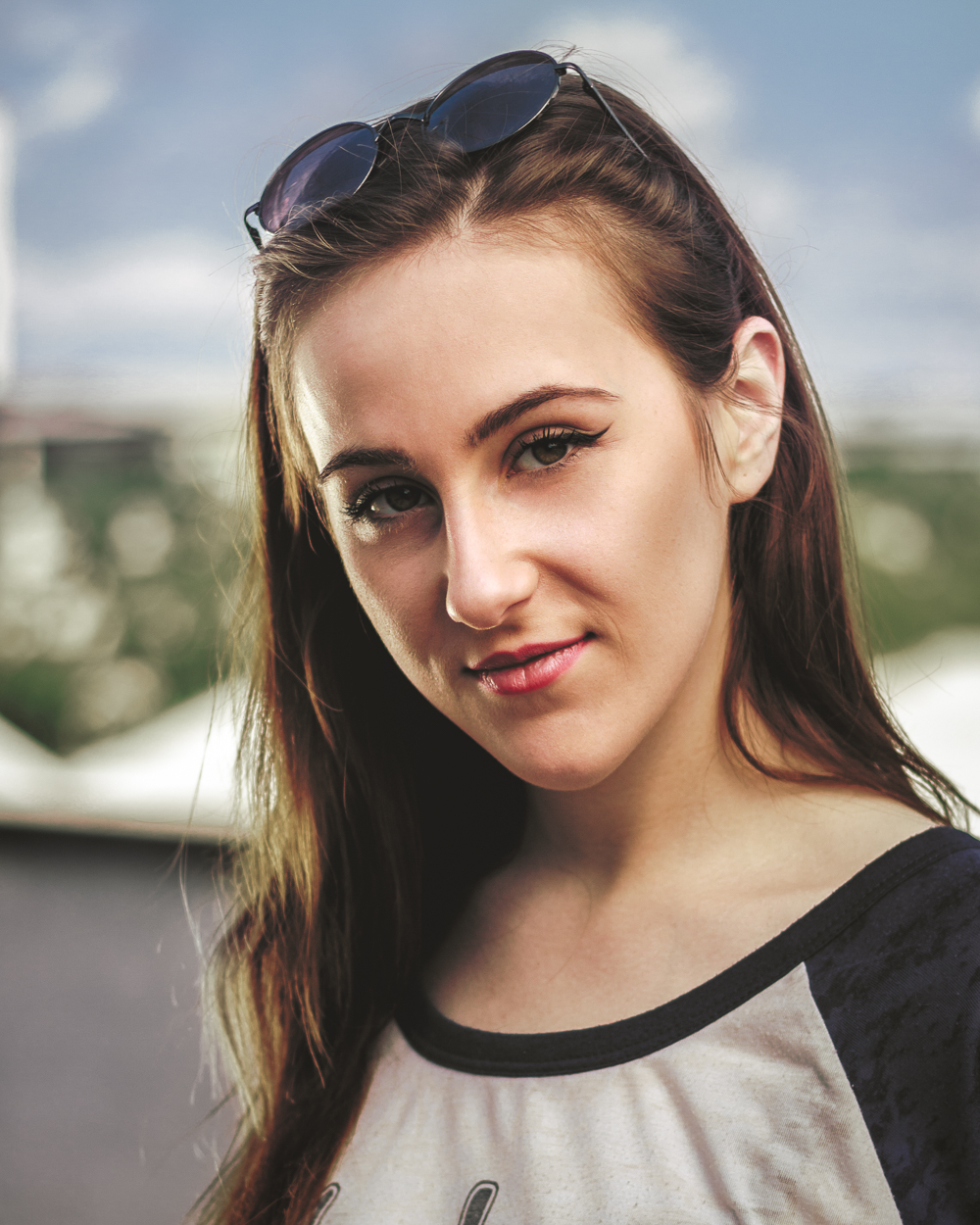
There are different options here:
- You can either use the silver side, to add basically white light back,
- Or you can use the gold side, to add some complementing color to the portrait.
One good scenario for this case is when you are shooting right after sunset, (i.e. in blue hour) but the sky is still bright enough to produce enough light for you to bounce it back.
Since most of the picture will take on the blue side, you can toss some gold light back and simulate the sunset which would fit the color palette quite nicely.
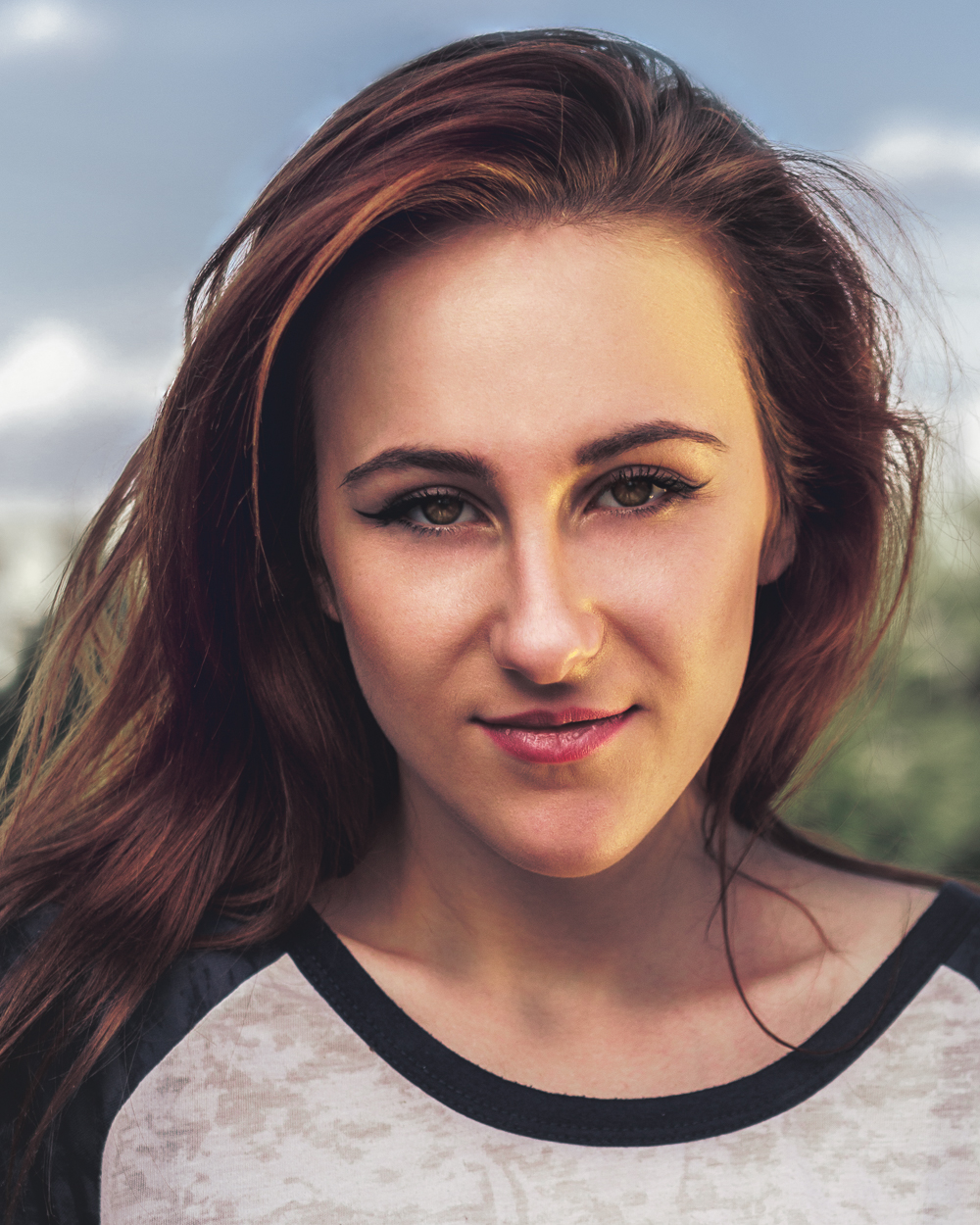
Making A Scrim
This is probably the most epic use of the light reflector, at least by my standards. Most of the reflectors nowadays have 5 surfaces: silver reflective, gold reflective, white reflective, black, and white transparent one.
When you use the transparent one, it mimics a softbox or an umbrella. This works best if you use it in direct sunlight. Basically, you block the sun with its transparent surface, thus effectively softening it to a quite natural and flattering state.
This reduces the amount of light significantly, but in high sunlight there is plenty of light and you won’t have any issues managing that.
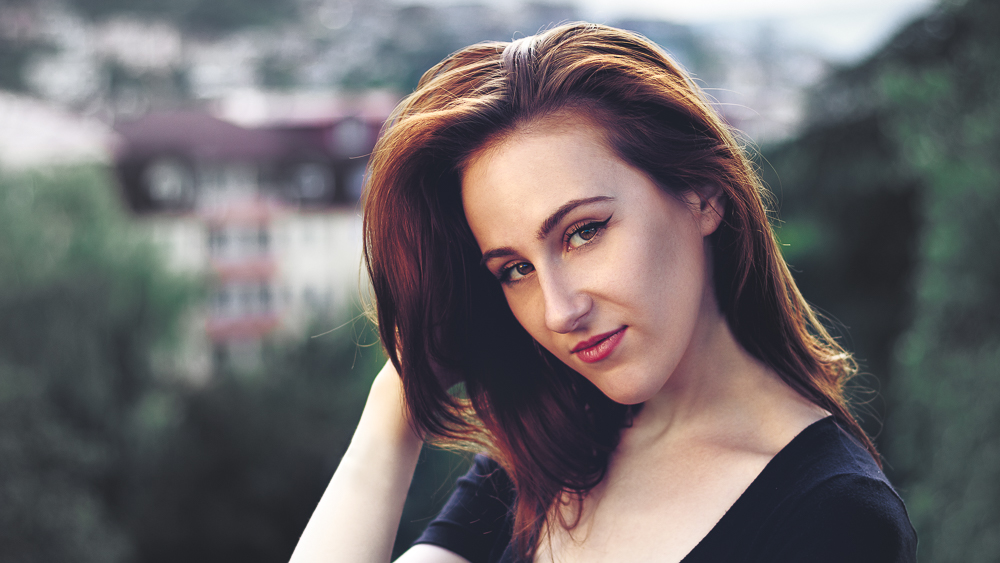
Note that you can use this in many different cases where you have strong light sources that produce harsh light. I’ve shot portraiture like this on a theatre scene, and blocked the reflectors to make nice flattering light for the actors.
The Art of Portrait Photography – this is THE course guide for you if you're really serious about upping your game in portraiture by learning the tricks, tips, hacks and just good old fashioned hard-earned skills to push your capabilities way beyond what you thought possible!
The folks over at Photzy understand just what it takes to produce outstanding portraits!
A Short Summary
One light reflector, if used properly, can make a huge difference in your pictures. Just like any other aspect of your photography, if you do it right, the results will be clearly visible.
The trick is to anticipate where you can use the reflector, and once you do, it will soon become your best pal. Another positive thing is that they are quite cheap, and basically you can get 2-3 of them for less than a hundred bucks. Nice.
Stay tuned for the second part, where we explore all the trickery that can be done with two light reflectors on a bright day…
Further Resources
- Natural Light Portraiture: How To Succeed, Every Time by Jason D. Little
- 6 Tips That Will Improve Your Portraiture! by Dzvonko Petrovski
- Photography On A Shoestring: Portraiture by Dzvonko Petrovski


